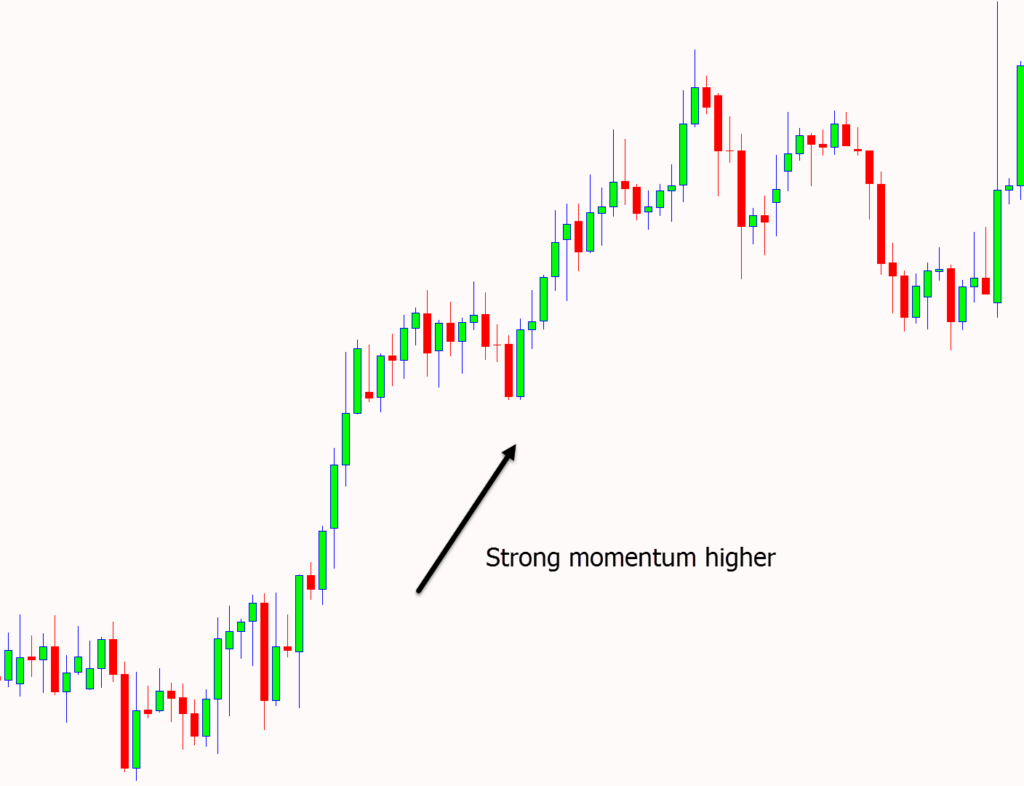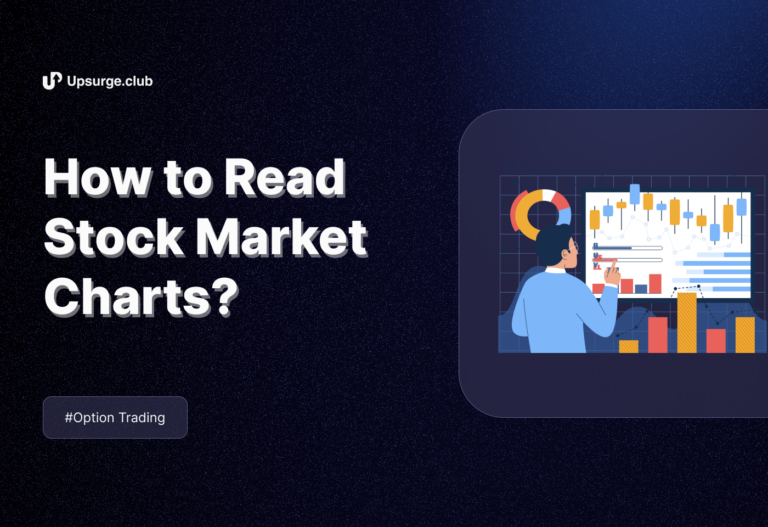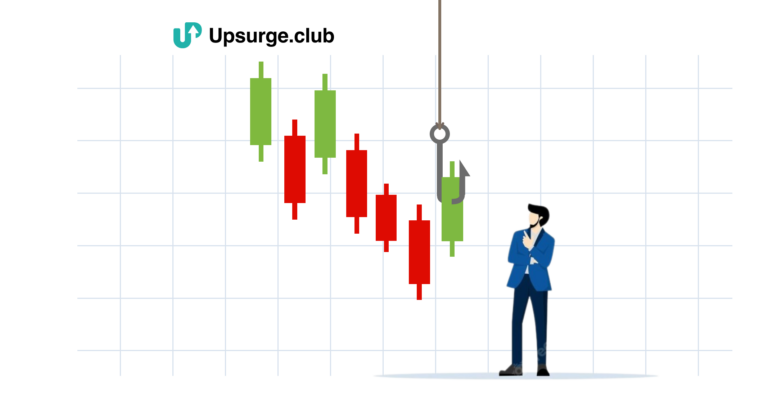As a trader, you should always look for strategies that can help you identify profitable opportunities in the market. One such strategy that has gained popularity among traders is momentum trading. Momentum trading involves capitalizing on the strength and speed of price movements to generate profits. In this blog, we will delve into the realm of momentum trading, exploring its advantages and disadvantages. By understanding the potential benefits and key considerations, you can make informed decisions when incorporating this strategy into your trading approach.

Source: Learn Price Action
Advantages of Momentum Trading
- Capitalizing on Market Trends
Momentum trading allows traders to capitalize on market trends and take advantage of the strong price movements in the market. By identifying stocks or assets exhibiting significant upward or downward momentum, you can enter positions that align with the prevailing trend, increasing the probability of capturing substantial profits.
- Potential for High Returns
Momentum trading has the potential to generate high returns in a relatively short period. By riding the wave of strong price movements, you can experience rapid gains as prices continue to trend in their favor. This makes momentum trading attractive for traders looking for quick profit opportunities.
- Clear Entry and Exit Signals
Momentum trading relies on clear entry and exit signals based on the strength of price movements. You can use technical indicators such as moving averages, relative strength index (RSI), or trend lines to identify potential entry points and determine when to exit a trade. These signals provide you with a systematic approach to enter and exit trades, reducing the impact of emotions on trading decisions.
- Increased Liquidity
Stocks or assets exhibiting strong momentum often attract increased trading volume and liquidity. This liquidity can make it easier for you to enter and exit positions without significant slippage, ensuring they can execute their trades at desired prices.
Disadvantages of Momentum Trading
- Volatile Market Conditions
Momentum trading thrives in volatile market conditions where significant price movements occur. However, volatile markets can also increase the risk of sudden reversals or price fluctuations, leading to potential losses. Traders need to be mindful of the increased volatility and manage their risk accordingly.
- False Breakouts
False breakouts can be a challenge in momentum trading. Sometimes, a stock or asset may exhibit a temporary surge in price that appears to be a breakout, only to reverse its course and return to previous levels. Traders must be cautious and use additional confirmation signals to filter out false breakouts and avoid entering trades based on temporary price spikes.
- Emotional Challenges
Momentum trading requires discipline and emotional control. As prices move rapidly, traders may experience heightened emotions, such as fear or greed, which can lead to impulsive trading decisions. It is essential to stick to your trading plan, follow proper risk management strategies, and avoid making impulsive trades driven by emotions.
Conclusion
Momentum trading can be a powerful strategy for traders seeking to capitalize on strong price movements and generate profits. It offers the potential for high returns, clear entry and exit signals, and increased liquidity. However, it is important to consider the risks involved, such as volatile market conditions, false breakouts, and emotional challenges.
If you are interested in learning more about momentum trading, explore Upsurge.club’s course on Basics of Momentum Trading. This comprehensive course provides valuable insights, strategies, and practical guidance on effectively implementing momentum trading strategies. By enrolling in this course, you can expand your knowledge and enhance your skills in momentum trading. Hence, enabling you to make more informed trading decisions in the stock market.



